7. Akira (1988)

Katsuhiro Otomo’s Japanese animated film written by Otomo and Izo Hashimoto and based on Otomo’s own manga of the same name, depicts a dystopian version of Tokyo in the year 2019.
In 1988, a psychic explosion destroys Tokyo and begins World War III. Eventually, Tokyo is reconstructed and becomes “Neo-Tokyo” but by 2019, the dystopian metropolis has been has torn apart by crime, anti-government terrorism, riots and gang violence. The film focuses on psychic powered teenage biker Tetsuo Shima and the leader of his biker gang, Shotaro Kaneda, who attempt to release the imprisoned psychic Akira from strong forces.
The film has garnered a large following as a cult film prompted an increase in popularity of anime movies in the US and, generally, outside Japan. It is widely considered to be a landmark in Japanese animation. And considered by many critics to be one of the greatest animated and science fiction movies of all time.
6. Gattaca (1997)
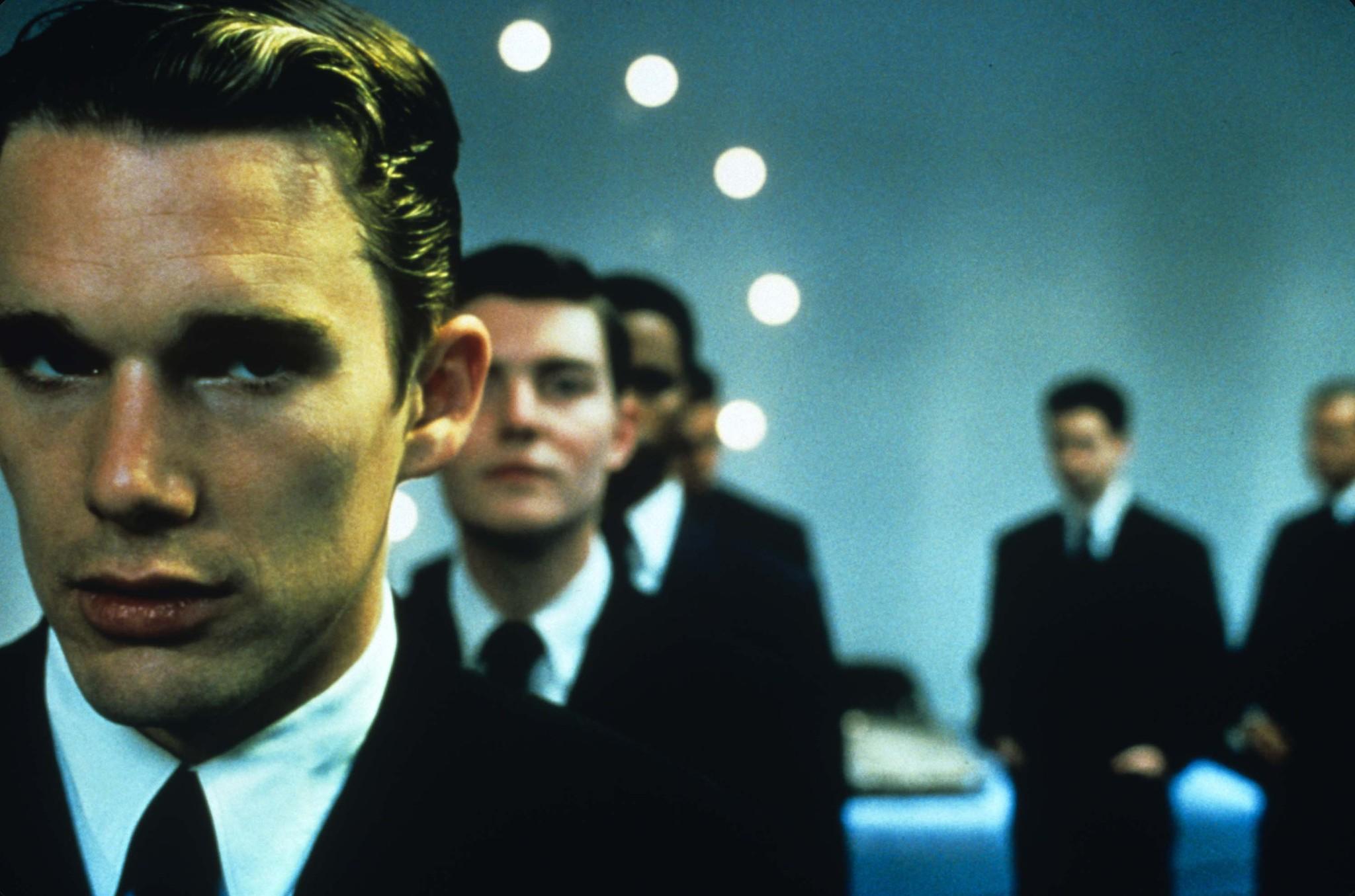
Gattaca’s future society is driven by society’s obsession with eugenics. The film follows Vincent Freeman (Ethan Hawke) who was conceived outside the eugenics program which genetically manipulates potential children to ensure they possess the best hereditary traits of their parents and therefore struggles to overcome genetic discrimination to fulfil his dream of traveling into space.
He is known as an ‘in-valid’ since he was conceived traditionally while all others who were born through the biometric process are known as ‘valids’. Due to his status, he is unable to climb the career ladder and instead cleans up after those he wished he was working with.
An important theme within the movie is the concept of destiny since the characters are labelled by their biological abilities and thus are continually limited by them as they try to discover who they are apart from their genetic predisposition. Vincent’s genetics indicate a high probability of several disorders and an estimated life span of 30.2 years and thus can only clean the office of Gattaca Aerospace Corporation.
However, he gets a chance to pose as a valid by using hair, skin, blood and urine samples from a donor, Jerome Eugene Morrow (Jude Law), who is a former swimming star paralyzed due to a car accident. But his luck is cut short as a Gattaca administrator is murdered and Vincent’s fallen eyelash is found at the scene.
The film’s title is based on the first letters of guanine, adenine, thymine, and cytosine, the four nucleobases of DNA. It was a 1997 nominee for the Academy Award for Best Art Direction and the Golden Globe Award for Best Original Score.
5. Abre Los Ojos (Open Your Eyes) (1997)

This Spanish psychological thriller blends the lines between reality and fantasy. Co-written, co-scored and directed by Alejandro Amenábar, his film tells the story of a good looking 25-year-old man, César (Eduardo Noriega) who becomes disfigured after a car accident caused by his obsessive ex-lover Nuria (Najwa Nimri).
The story is mainly told through flashbacks which are narrated by the present, prosthetic-mask wearing César who is describing his memories to his psychiatrist Antonio (Chete Lera) while he is in prison for some mysterious reason.
César’s vanity is ruined, his crush, Sofia (Penélope Cruz), the girlfriend of his best friend Pelayo (Fele Martínez) both become awkward as to how to act around him, especially since César seems to constantly test them by going too far. However, his life soon takes a brighter turn as Sofia helps him through his tough transition but it soon crumbles apart as the reason as to why he is in prison in the present is revealed.
An incredibly complex film that would be spoilt if the reason as to why it is on this list is explained, the story unravels on into itself as the characters become self-aware.
An American remake entitled Vanilla Sky, directed by Cameron Crowe, was released in 2001, with Penélope Cruz reprising her role.
4. Metropolis (1937)
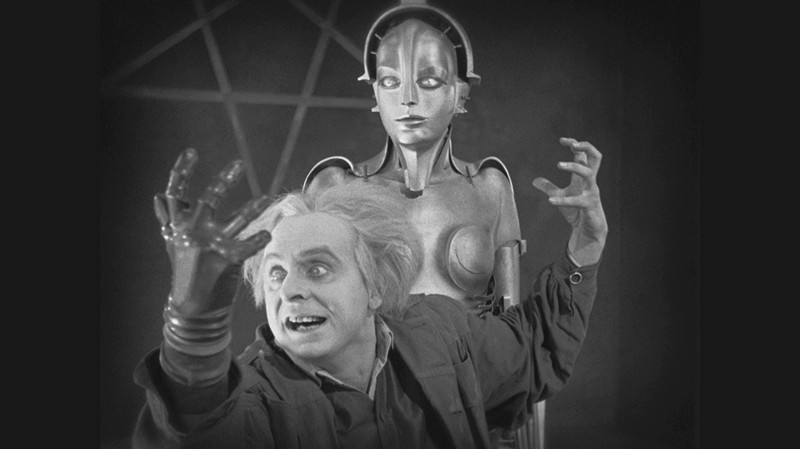
This German expressionist epic science-fiction drama film is regarded as a pioneering work of science-fiction in movies, being among the first feature-length movies of the genre. It was directed by Fritz Lang and written by him, his wife, and Thea von Harbou.
Made during the Weimar Period, this silent film is set in a futuristic urban dystopian city called Metropolis in 2027. Metropolis was met with a mixed reception upon release since critics disliked the running time but applauded the complex special effects. As a result of that and the alleged Communist message, the film was significantly cut down after its German premiere.
In Metropolis, the wealth and class gap is significantly wide with the wealthy industrialists living luxuriously in high-rise skyscrapers and the lower class constantly working on machines which provide the city’s power. The film follows the city’s master’s son, Freder (Gustav Fröhlich) who lazes around in the pleasure garden, ignorant of the working class’s struggle and fatigue.
However, he soon meets the beautiful Maria (Brigitte Helm) who has brought a group of workers’ children to witness the lifestyle led by the rich. They are soon sent away and the immediately infatuated Freder leaves his wealthy bubble to search for her in the underground machine rooms.
The most influential part of Metropolis is the inclusion of the first robot in a film. The “Maschinenmensch” – the robot built by mad scientist Rotwang (Rudolf Klein-Rogge) to resurrect his lost love Hel and then later reconstructed tor resemble Maria led to countless replications and served as a major influence to science fiction as a whole.
Created by sculptor Walter Schulze-Mittendorff, the robot was made by making a whole-body plaster cast of the actress Brigitte Helm, and the costume was then constructed around it. He then used “plastic wood” (a pliable substance designed as wood-filler) allowed Schulze to build the costume.
3. The Terminator (1984)
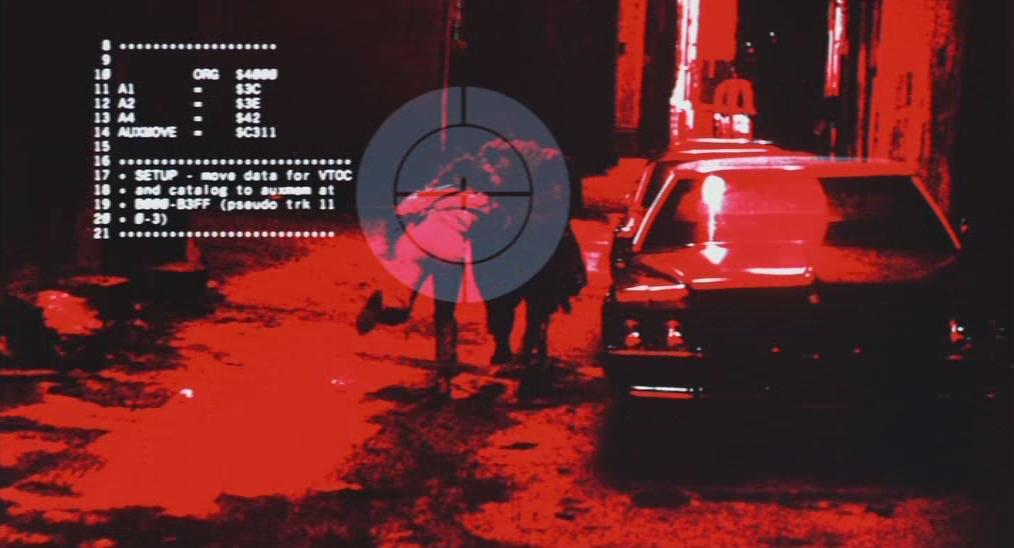
James Cameron’s iconic action film follows the Terminator (Arnold Schwarzenegger) , a cyborg assassin sent back in time from the year 2029 to 1984 to kill Sarah Connor (Linda Hamilton) and Kyle Reese (Michael Biehn).
Reese is a soldier from the same future who is sent back in time to protect Conner from Terminator. He explains to her that in the near future, an artificial intelligence defence network, “Skynet” will become self-aware and initiate a nuclear holocaust. Sarah’s yet-to-be-conceived son, John, will gather the survivors and lead a rebellion against Skynet’s army of machines.
With the Resistance close to winning, Skynet’s last hope is to send back the Terminator, an efficient killing machine that has an external layer of living tissue that makes it look human, back in time to kill Sarah before John is born and therefore averting the formation of the Resistance.
Cameron sold the rights for ‘The Terminator’ to Gale Anne Hurd, who had worked at New World Pictures as Roger Corman’s assistant, for one dollar with the promise that she would produce it only if Cameron was to direct it. The film initiated a long-running Terminator franchise, which currently consists of five films and several adaptations in other media.
2. Blade Runner (1982)
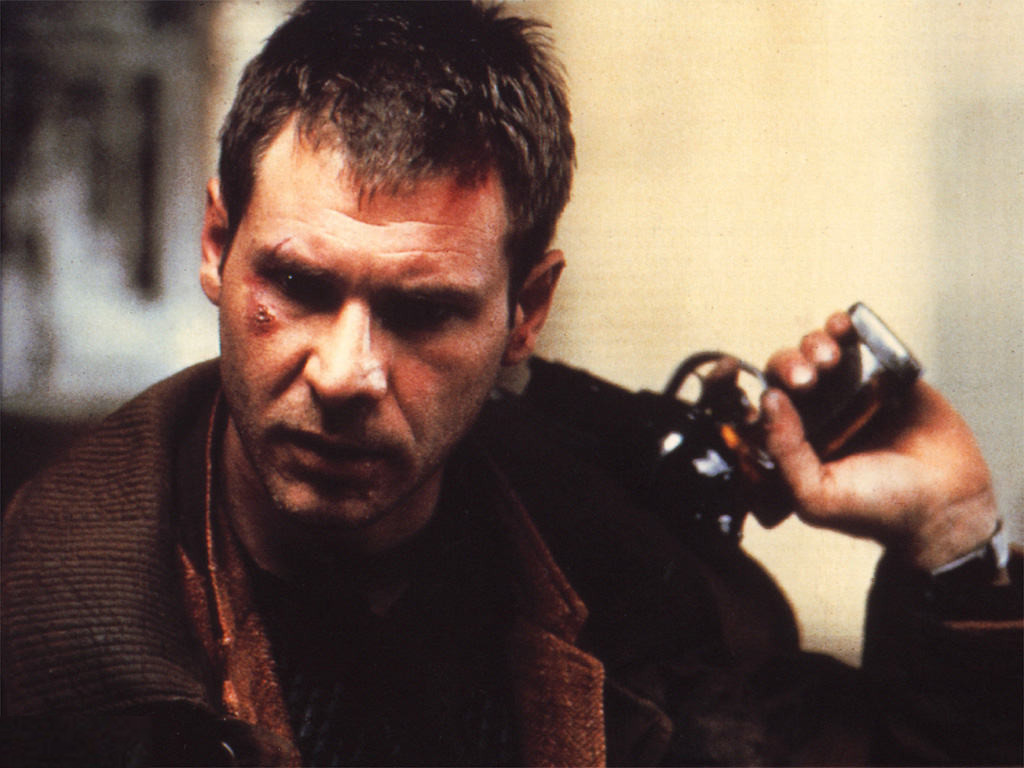
Adapted from Philip K. Dick’s Do Androids Dream of Electric Sheep?, Ridley Scott’s neo noir sci-fi cult classic is set in the dystopian future of 2019 in which manufactured beings called replicants, which are visullay indistinguishable from humans, are slaves used on space colonies but are banned on Earth. Blade runners are essentially bounty hunters who search for them in order to kill (or “retire”) them.
Burnt out ex-Blade Runner, Rick Deckard (Harrison Ford) reluctantly agrees to hunt down a group of replicants who are hiding out in L.A. As Tyrell Corporation Nexus-6 models, they have only a four-year lifespan and may have come to Earth to try to extend their lives.
Deckard watches a video of a Blade Runner, Holden, administering the “Voight-Kampff” test designed to distinguish replicants from humans based on their emotional response to questions. The test subject, Leon (Brion James), shoots Holden after he asks about Leon’s mother. Leon and the other three others: Roy Batty (Rutger Hauer), Zhora (Joanna Cassidy), and Pris (Daryl Hannah) are the replicates that Deckard must retire.
Deckard wants to ensure whether the tests actually work on Nexus-6 models and while he is at Dr. Eldon Tyrell’s (Joe Turkel) lab, he discovers that Tyrell’s assistant Rachael (Sean Young) is an experimental replicant who believes herself to be human since she has been given false memories to provide an “emotional cushion”.
The film operates on multiple dramatic and narrative levels – it is an action film that has science fiction elements and borrows many film noir conventions like the mysterious femme fatale, the narration, and the dark cinematography as well as providing an outlook at the possible implications of human mastery of technology.
Full of references and symbolism, the film utilises religious symbolism, classical dramatic themes such as those from Homer and even literature like Frankenstein.
1. The Matrix (1999)
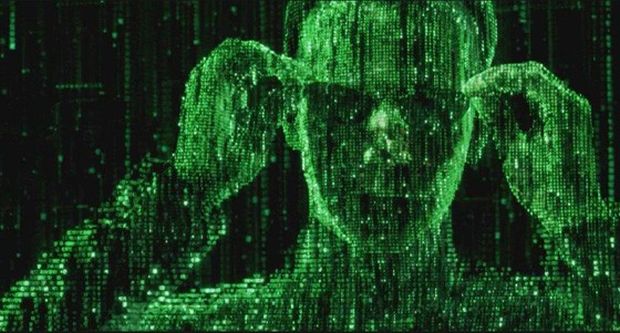
The Wachowskis’ revolutionary neo-noir science fiction action film depicts a dystopian future in which reality as perceived by most humans is actually a simulated reality called “the Matrix”, created by self-aware machines to subdue the human population, while their bodies’ heat and electrical activity are used as an energy source.
Thomas Anderson (Keanu Reeves), a computer programmer who is living a double life under the hacker alias “Neo”, is confused by the repeated online use of the cryptic phrase “the Matrix”. Another hacker, Trinity (Carrie-Anne Moss), manages to contact him and tells him to meet Morpheus (Lawrence Fishburne) who would answer all of his questions. However, their meeting is continuously interrupted by Agent Smith (Hugo Weaving).
Neo finally meets Morpheus, who confirms that Neo can learn the truth about reality by choosing to swallow an offered red pill, or he can take a blue pill and return to his old life with no memory of the Matrix. Neo chooses the red pill.
The film is known for popularizing a visual effect known as “bullet time”, which allows a shot to progress in slow-motion while the camera appears to move through the scene at normal speed. It won four Academy Awards as well as other accolades including BAFTA Awards and Saturn Awards.
Author Bio: Susannah Farrugia is an undergraduate Psychology student at the University Of Malta. Her life is measured in films and television shows. She enjoys drawing scenes and designing posters based on the films she has seen.